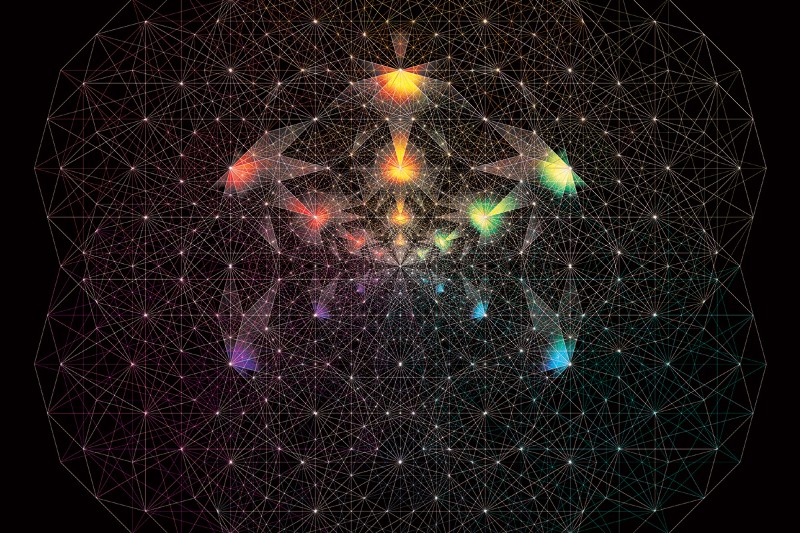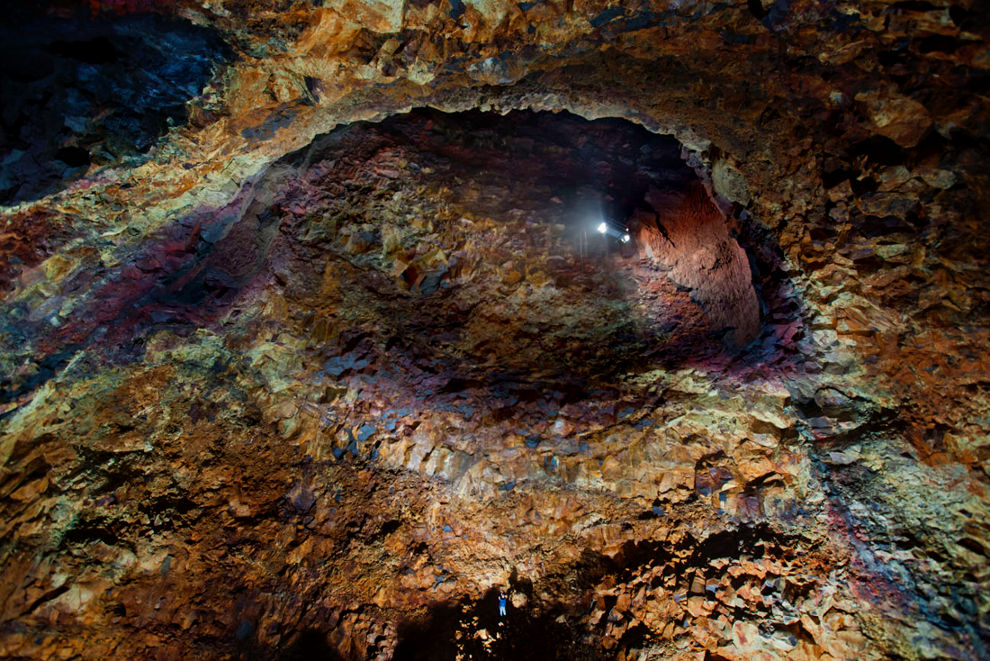Proof Of Concept: Cover Memo
A year-long scientific expedition to the deepest cavern
in the world.
The Plot: The Giewont Abyss is a bizarre phenomenon: a staggeringly vast
drained magma chamber, recently discovered (by satellite survey and advanced
geophysics) deep in ancient rock under the Giewont Massif, Western Tatras,
Poland (one of the few remaining Highly Protected Wilderness areas in
the world). The expedition has a dual objective. Dan Orsted, the Great
Popularizer of 23rd Century space science, will be running one of his
Very Long Duration Mission Training programs. In a break with tradition
the VLDMT show won't be transmitted live: complete isolation is the rule.
But it'll be a global entertainment event worth waiting for, the most
extreme VLDMT test yet. Meanwhile Margrethe Patel, veteran Post Standard
Model Physics diva, will be preparing, with her team of scientists, for
the first live test of a tiny volume of precisely mapped Information Space,
nicknamed "The Needle".
The two tribes couldn't be more different, but they both offer hope, however
unlikely, to a sinking, overcrowded world. Unexpectedly, they settle down
well together. Then somebody dies, and then there's another death, and
then a third . . . Someone's picking off the Needle Experiment's senior
physicists. But why?
Dan and Margrethe refuse to abort the mission: there's too much at stake,
for both of them. The teams are trapped in a locked box with a murderer,
and have no way of signalling for help.

____________________________________________
The Characters: There are three central characters in Proof Of Concept
Kir, the scavenger kid Margrethe Patel rescued from the dirt heaps of
Earth's heavily polluted zones, to act as the human host of the most advanced
quantum computer in the world. Twenty two years old, and possibly a budding
genius, Kir describes herself as "ridiculously small"; "a
scrawny young woman with wispy blond hair and yellowish brown skin".
She generally wears a plain, drab coloured outfit of pants and tunic,
with a fresh coloured "inner" showing at wrists and throat.
Like the other Needle scientists, Kir uses a "Direct Cognitive Procedures"
skullcap in the lab. She probably shaves, or braids her hair into locks,
to allow the cap to connect with the sensors implanted under her scalp.
In the Abyss she wears a headset, for light and information feed, but
she can also be bare-headed. She needs no breathing apparatus or mask;
the air is good.
Altair, the quantum computer himself. Altair is a quaai, a "quasi-autonomous
artificial intelligence": and that's all he can ever be, in the eyes
of the world, although in reality he is fully sentient. Planet Earth's
human masses are deeply resistant to the idea of a computer being a person.
Even Margrethe will maintain that the "he" pronoun is purely
sentimental. He has no physical body, but when he talks to Kir (which
is dangerous to his survival, but he's desperate), she sees him, in her
mind's eye, as "a seated figure, in the same pose as herself. But
taller, different in build and his skull was gleaming smooth."
The Abyss The third central character is the Giewont Abyss itself. When
I outlined this story I thought I'd set the experiment at the bottom of
a salt mine, but then I found out about post-volcanic "drained magma
chambers", and the image of a really huge volcanic chamber, with
its roof still intact, way down deep in ancient rock, was irresistibly
spectacular.
Kir, who hates confinement, finds a way to sneak out of the sealed Installation
where everybody lives and works. She starts to explore the floor of the
Abyss, and her discoveries (tiny but thrilling) in this pristine, utterly
mysterious darkness became, for me, an image of science exploring the
vast unknown quantities of the universe.

_________________________________________________
Target demographic: Science fiction readers; female science fiction readers;
from YA upwards.
Typical scenes: One image stands out to me as most typical: small Kir
in the huge Abyss, sitting on the floor, arms round her knees; the towering
blued-out darkness all around, and Altair's "imagined" figure
sitting beside her, in the same pose.
Alternatives: The interior of a deep underground installation: sleek corridors,
brightly lit vegetable garden-rooms; labs, a meeting hall; everything
a little claustrophobic. The Needle scientists at work, in labs strangely
devoid of conventional equipment (they seem to be playing with toys, but
they're all wearing DCP skullcaps). The exterior of the same installation,
a tiny hollow square of labs and living quarters, strung with marker lights,
set on the floor of a phenomenally huge rocky cavern.
The VLDMTs (Dan Orsted's team) are described as "lean and honed",
"Although physical disability clearly wasn't a veto", and physically
boisterous. They wear jumpsuits decorated with moving images.
The scientists are not ideal physical types. They can wear lab clothes
or whatever they feel like wearing, but like Kir, they may have accommodated
the DCP skullcaps by partial shaving, or divided hairstyles.
I've attached a book cover (Kay Kenyon's Maximum Ice) that seems to me
suggestive, plus a few images from the web, related to the quantum or
"entangled" universe, and an "information man" from
a New Scientist article. Plus here's the link for a site (with pictures)
about a real world (maybe the only real world . . .) drained magma chamber.
https://www.extremeiceland.is/en/activity-tours-iceland/caving-iceland/inside-the-volcano

and another about very deeply buried relict magma chambers:
https://pubs.er.usgs.gov/publication/70014437
I hope these notes are of some assistance.
Gwyneth